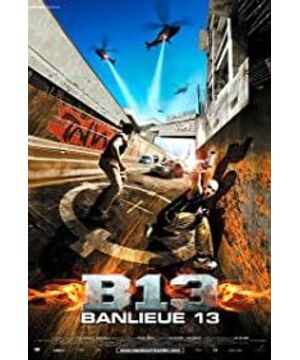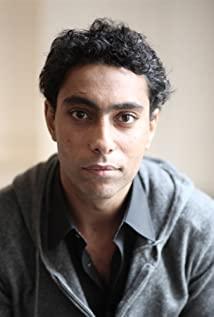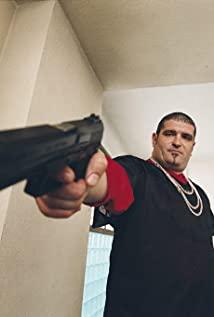Abstract of the democratic culture and parkour culture of "Violence Neighborhood": The underworld is rampant in Paris, France, for this reason, the government can only use high walls to isolate the area where criminals are located. In this place called "13 District", violence is rampant, crime is as common as eating, and gangsters headed by the big drug lord Taha are rampant. Leto, who was born here, clashed violently when he thwarted Taha's drug business. Although Leto sent Taha to the police station, he was instead calculated by the cowardly police. The younger sister was also taken away by the drug lord, and the film unfolded from here, telling the government's ruthless conspiracy, and the heroic kindness of the protagonist Keywords: Luc Besson's parkour culture, everyone is equal 1. Overview of the film This film is the work of the talented French director Luc Besson in 2004. The director's "This Killer Is Not Too Cold" once gave me a great shock, and this film also gave me a great visual enjoyment. The director's talent was felt in the situation. The image style and storyline in this film still retains the delicate expression techniques unique to French films, and it is a commercial film with strong artistic quality. As a commercial film, "Violence Neighborhood" set the story to 2010, avoiding the suspicion of reflecting reality, and also designed a more stylized historical background for the film. The film is tailor-made according to the parkour and Chinese Kungfu that have been discovered, so that the action of the film is designed to fully display the space. Coupled with the sense of rhythm between the coherent actions created by the use of the camera, the film is very visually thoughtful. Of course, the plot of the film itself is a secondary consideration for the producers relative to the action, so the content of the film has no place to test. It should be noted that, as the most characteristic martial arts action design in Chinese movies, it has played a prominent visual role in this film, and many designs can be seen in the traces of Hong Kong action movies. Because the film's premiere date in France was November 10, 2004, the filming schedule was tight. With the running of the filming, the complexity of the stunts is getting higher and higher. The actors begin to do the stunts themselves, without the need for substitutes, and the film strives to reduce the participation of technology and eliminate special effects substitutes, so as to show the true charm of "handmade". . In the French film industry, after experiencing the parkour craze set off by Jean-Paul Belmondo, this film has become the return of the world's leading actors in stunt performances. It has profound significance in the history of world films [1] French films usually incorporate the unique artistic atmosphere and speculative spirit of the French, while Hollywood films usually give people the feeling that they are big productions, focusing on entertainment, commercial and Lack of pursuit of art. Luc Besson perfectly combines the two in this film. As a fast-paced commercial with numerous killing scenes, the use of camera and editing is critical to the film's success. The camera lens is the director's pen. The director uses it to create a suffocating shootout scene, and the writing is endearing. The film also fully demonstrates the strong French humanistic spirit of equality for all, and runs this spiritual concept throughout. Justice finally defeated darkness, equality finally replaced discrimination, and humanity finally replaced indifference. These all reflect the unremitting pursuit of the French people for a beautiful democratic humanism. "District 13" maps not only a class of marginalized groups in society, but also a lonely group wandering outside the mainstream culture, who are usually not dominated by the mainstream. Accepted by mainstream groups, due to the alienation brought about by cultural strangeness, loneliness and indifference are the characteristics of such people. They have been labeled as outcasts from birth. There are no laws and no kindness here. There are only cold weapons and cold blood. People here do not understand the value of life. People here are also treated by Abandoned by the government and isolated from the world, the protagonist Lei Tuo shows the image of a kind-hearted and brave fight against evil forces in the 13th district. In this environment, the protagonist is forced to kill the sheriff and try to use his own strength to save his sister. This turning point shows the anger of the oppressed people and their disappointment with the government. The other protagonist is the extraordinary captain Damian, who started out as an undercover agent beside the drug lord. After the drug lord ruthlessly killed the innocent hire, his emotions exploded, and he took over the den of thieves by himself. It reflects the possibility of cooperation between the two protagonists in the future. Ten minutes before the end of the film, Damian is still a soldier who takes obedience to the task as his duty, but after learning about the conspiracy of the Minister of Defense at the last moment, he wakes up and joins Lei. Together, Tuo revealed the incompetence and ruthlessness of the government to the people of the whole country. In the end, Lei Tuo obtained an opportunity for his hometown to change, and Damian also successfully completed his mission.
View more about District B13 reviews











